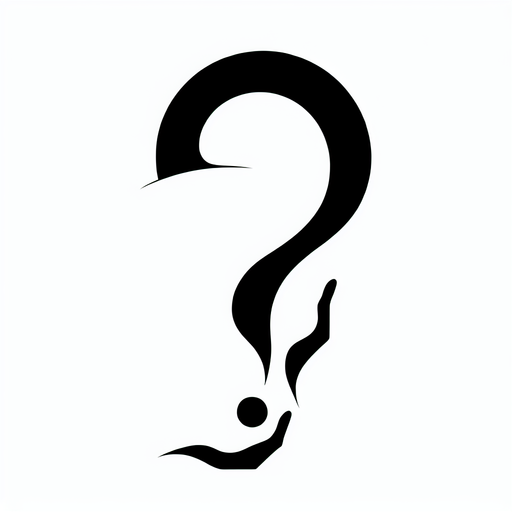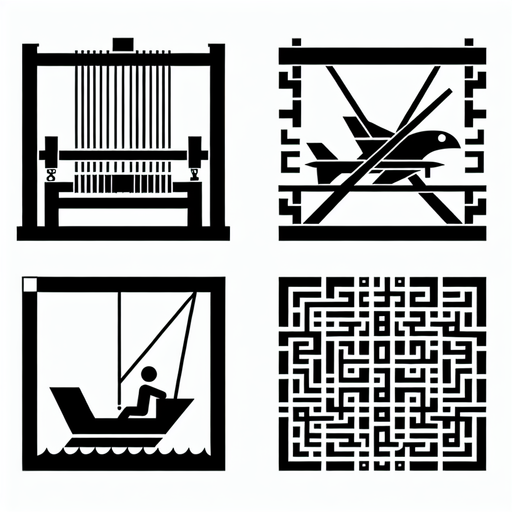QWERTY Keyboard
Why Most Keyboards Start With QWERTY and How Isolation
The computer on which you are reading this probably has a QWERTY keyboard, named because of the first letters that are on the first row. Have you ever questioned why the keyboard layout is in this way? The answer is more about jamming than efficiency.
In the 1870s, Christopher Latham Sholes, the inventor of the typewriter, faced a challenge: fast typists would frequently jam the machine’s mechanical arms when common letters were struck in quick succession. To solve this, he developed the QWERTY layout, spacing out frequently used letter combinations to reduce jams, even if it meant slowing down typing.
The QWERTY keyboard layout gained widespread acceptance when Remington manufactured Sholes’ typewriter in 1874. This pivotal moment solidified QWERTY as the industry standard and later led to its patent in 1878. By 1890, over 100,000 Remington-produced typewriters, all using the QWERTY layout, were in use across the United States, and three years the five largest typewriter manufacturers—Remington, Caligraph, Yost, Densmore, and Smith-Premier—merged to form the Union Typewriter Company, and agreed to make the QWERTY the default keyboard layout.
When electronic keyboards were introduced with computers, the jamming was no longer a problem. Different keyboard layouts such as DVORAK were proposed that could increase efficiency, but the fact that so many people were using QWERTY made it too difficult to change. The keyboard you type every day is a reminder of how so many things we use are just stuck because of an old reason that does not apply anymore.
Craving more? Check out the source behind this Brain Snack!


